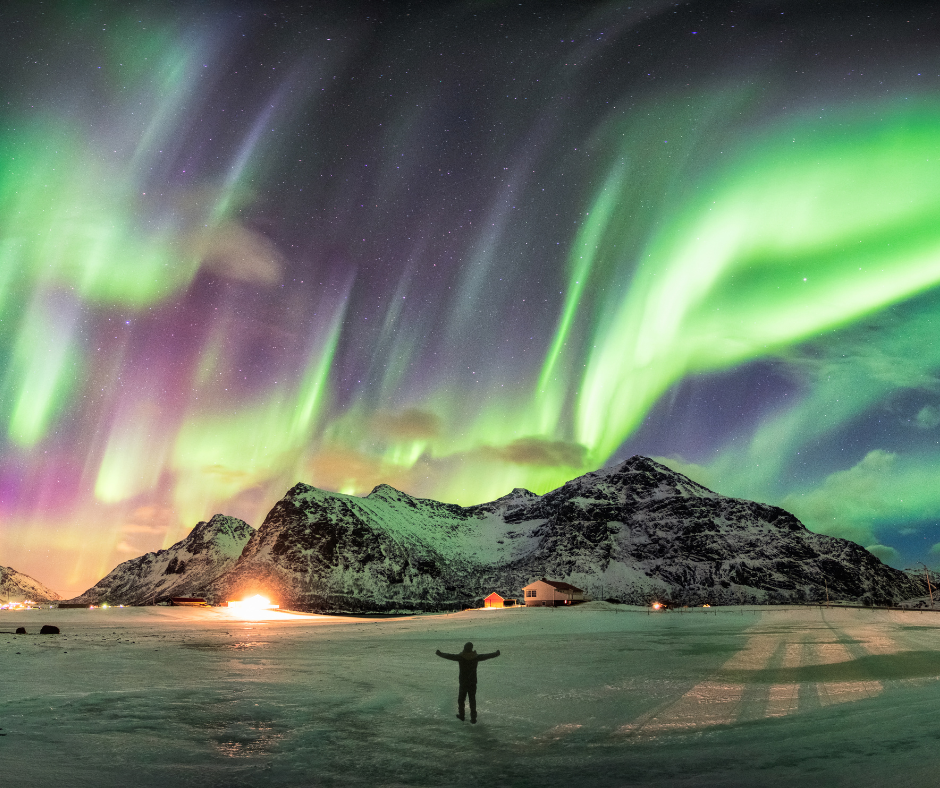Thinking about the invisible and the overlooked led me to a comparison between the Northern Lights and workplace inclusion.
The Northern Lights, or Aurora Borealis, as they are sometimes known, are a mesmerizing natural phenomenon that occur in the high latitudes of the Earth. They are created by the interaction of the solar wind with the Earth’s magnetic field and are most commonly seen in the countries located in the polar regions, such as Norway, Sweden, Finland, Iceland, and Canada. However this past Sunday they were seen in southern states of the United States like Arizona, Texas, and others as well as in Europe.

Despite the rare sightings of the Northern Lights in the United States and Europe, they are still considered a significant and awe-inspiring event. People travel far and wide to see them, and they are featured in travel guides and documentaries. Yet, for the most of the United States they remain invisible.
Similarly, in the workplace, certain groups of people may be overlooked and invisible. This can include individuals from marginalized communities, such as women, people of color, individuals with disabilities, and members of the LGBTQ+ community. Despite Diversity and Inclusion initiatives, these individuals may still be overlooked for promotions, excluded from meetings and decision-making processes, or subjected to micro aggressions.
One key difference between the Northern Lights and workplace inclusion is that the latter is a human-made problem that can addressed through intentional efforts. While the Northern Lights are a natural phenomenon that is outside of human control, workplace inclusion is within our power to address. Employers and organizations can take steps to promote a culture of inclusivity by actively recruiting and retaining diverse talent, providing training to address unconscious bias and emotional intelligence, and creating a safe and welcoming workplace environment.
Another difference is that while the Northern Lights may be rare in certain parts of the world, they are still visible to those who make the effort to seek them out. In contrast, individuals who are overlooked and invisible in the workplace may not have the same opportunities or resources as some to make themselves visible. They may face systemic barriers and discrimination that prevent them from advancing in their careers, even if they have the qualifications and skills.
The comparison between the Northern Lights and workplace inclusion highlights the importance of recognizing and valuing diversity. Individuals who are overlooked and invisible in the workplace deserve recognition, respect, and equal opportunities to succeed. Creating an inclusive workplace culture is vital to organizational success.
Tips and insight delivered straight to your inbox…with a dash of storytelling. Sign up now!
Helping position individuals and organizations to become more emotionally intelligent, self aware, and inclusive.